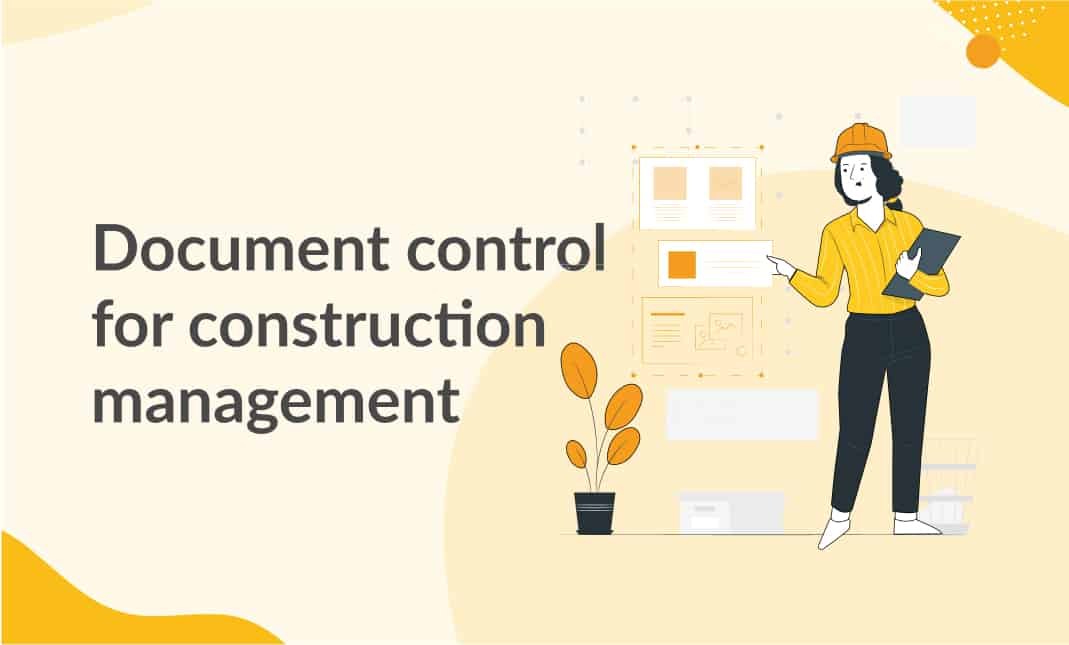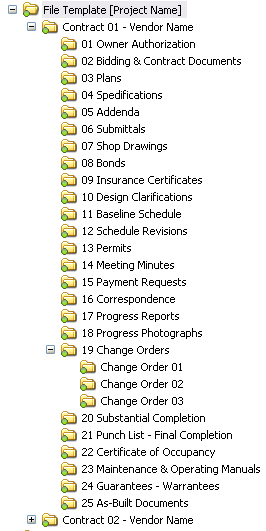Unlocking Effectiveness: The Benefits of Construction Document Management Platforms
Unlocking Effectiveness: The Benefits of Construction Document Management Platforms
Blog Article
Achieving Seamless Job Delivery: Engineer's Comprehensive Strategy to Building File Administration
One essential facet often took too lightly is the administration of construction files, which offers as the foundation of every project. As designers navigate the intricacies of sychronisation, style, and implementation, an extensive method to record monitoring arises as a linchpin for achieving seamless project delivery.
Significance of Building And Construction Document Monitoring
Reliable building and construction paper administration plays a critical role in guaranteeing project success by facilitating smooth communication and organization throughout the building and construction procedure. By preserving precise and up-to-date building documents, engineers can effectively communicate with service providers, subcontractors, and various other stakeholders involved in the project. These records serve as a referral point for all parties, making certain that every person is working from the same collection of info and decreasing the likelihood of misconceptions or errors.
In addition, construction paper management aids architects remain organized by supplying a central location for all project-related info, including drawings, requirements, contracts, and document. This company enables and simplifies the decision-making process for fast accessibility to important task information when required. In addition, proper file administration can enhance job performance, lower costly delays, and eventually bring about the effective completion of building tasks. Engineers that prioritize construction file monitoring established a solid structure for project success and demonstrate a commitment to providing top notch outcomes.
Crucial Element for Effective Documents

Developing standardized layouts and procedures ensures uniformity throughout all project papers. Implementing a robust record management system that permits for version control, accessibility restrictions, and audit tracks substantially enhances the organization and safety of job documentation. By integrating these crucial components into building record management practices, architects can simplify procedures, decrease mistakes, and ultimately contribute to the successful shipment of jobs.
Making Use Of Technology for Document Organization
Leveraging sophisticated electronic devices and software systems contributes in improving the organization and ease of access of building and construction documents. Building companies can simplify their paper monitoring processes by applying specialized software application created for the building market. These tools supply functions such as version control, cloud storage, and collaborative editing capabilities, making it possible for group members to service documents at the same time and ensuring everyone has accessibility to one of the most current details.
One secret benefit of utilizing technology for document company is the capability to produce a central repository for all project-related files. By saving records in a safe and secure electronic atmosphere, designers can conveniently look, retrieve, and share info with stakeholders, lowering the risk of variation conflicts or lost documents. Furthermore, advanced software program options commonly integrate metadata tagging and indexing performances, allowing customers to categorize records effectively and recover them quickly when needed.
Collective Strategies With Job Teams
To maximize job outcomes, engineers need to embrace joint methods when functioning with job groups to guarantee seamless interaction and sychronisation throughout the construction process. Cooperation with job groups is important for architects to properly handle building and construction projects. construction document management. By cultivating open communication and team effort amongst all stakeholders, designers can improve decision-making procedures, address possible issues proactively, and make sure that everyone is lined up with the task goals
Engineers should establish clear lines of communication with engineers, contractors, clients, and various other key staff member from the start of the task. Routine conferences, development updates, and responses sessions should be set up to maintain every person notified and engaged. Utilizing collaborative task management tools can also help with real-time information sharing and document cooperation, improving transparency and efficiency.

Best Practices for Record Variation Control

Final Thought
Finally, effective building file monitoring is critical for attaining smooth job delivery. By concentrating on see here essential components such as company, collaboration, and variation control, architects can make sure that all project groups are working from exact and updated info. Making use of innovation can simplify the documentation process and improve general task efficiency. It is imperative for designers to apply best methods in document administration to efficiently navigate the complexities of building and construction projects.
Efficient building record monitoring plays an important function in making sure task success by facilitating seamless communication and organization throughout the building and construction procedure. In addition, correct record monitoring can boost project efficiency, decrease pricey hold-ups, and eventually lead to the successful conclusion of construction projects.To optimize project outcomes, architects should accept collective strategies when working with task groups to make sure smooth communication and sychronisation throughout the construction procedure. Cooperation with job teams is necessary for designers to efficiently manage building and construction projects.In the realm of joint building and construction job management, keeping exact control over file versions stands as an official source important method for guaranteeing project honesty and communication.
Report this page